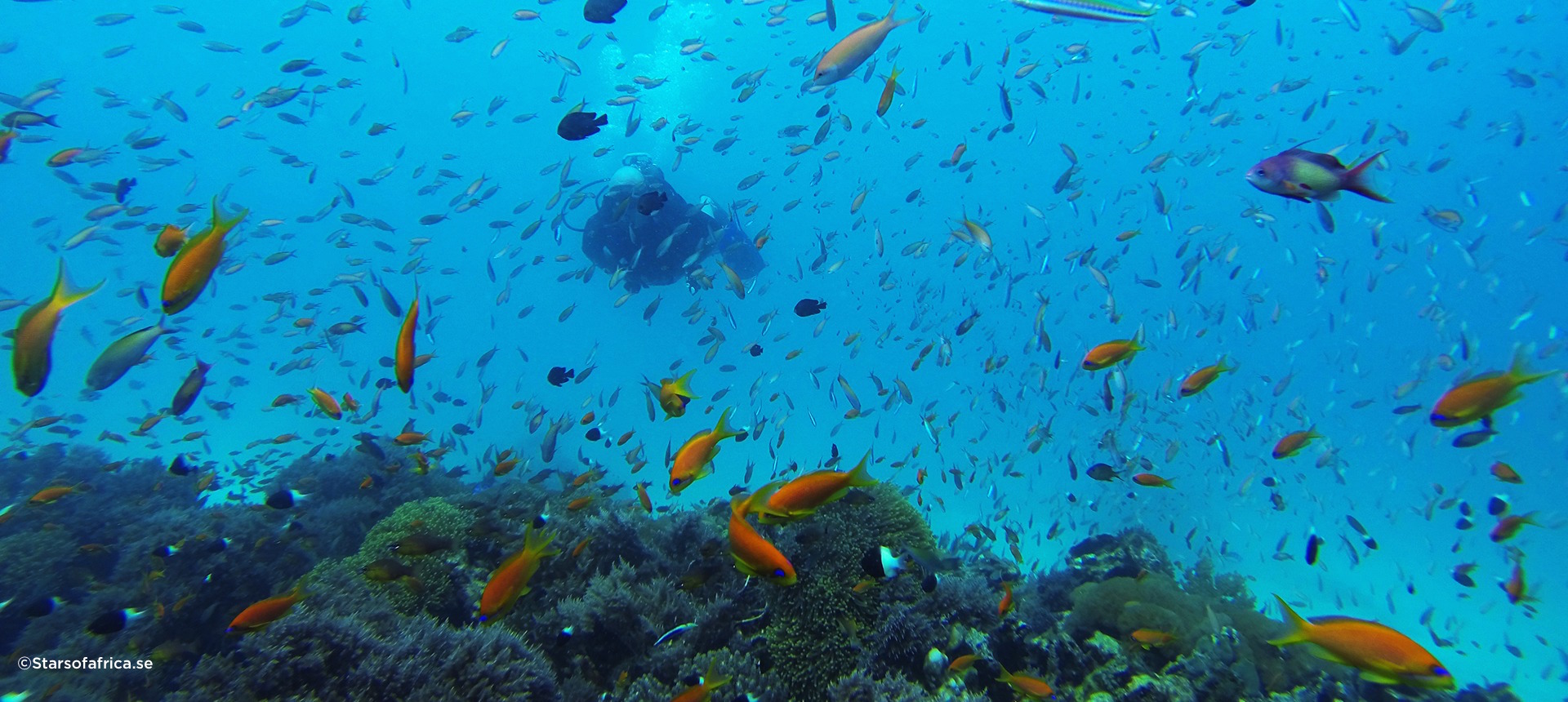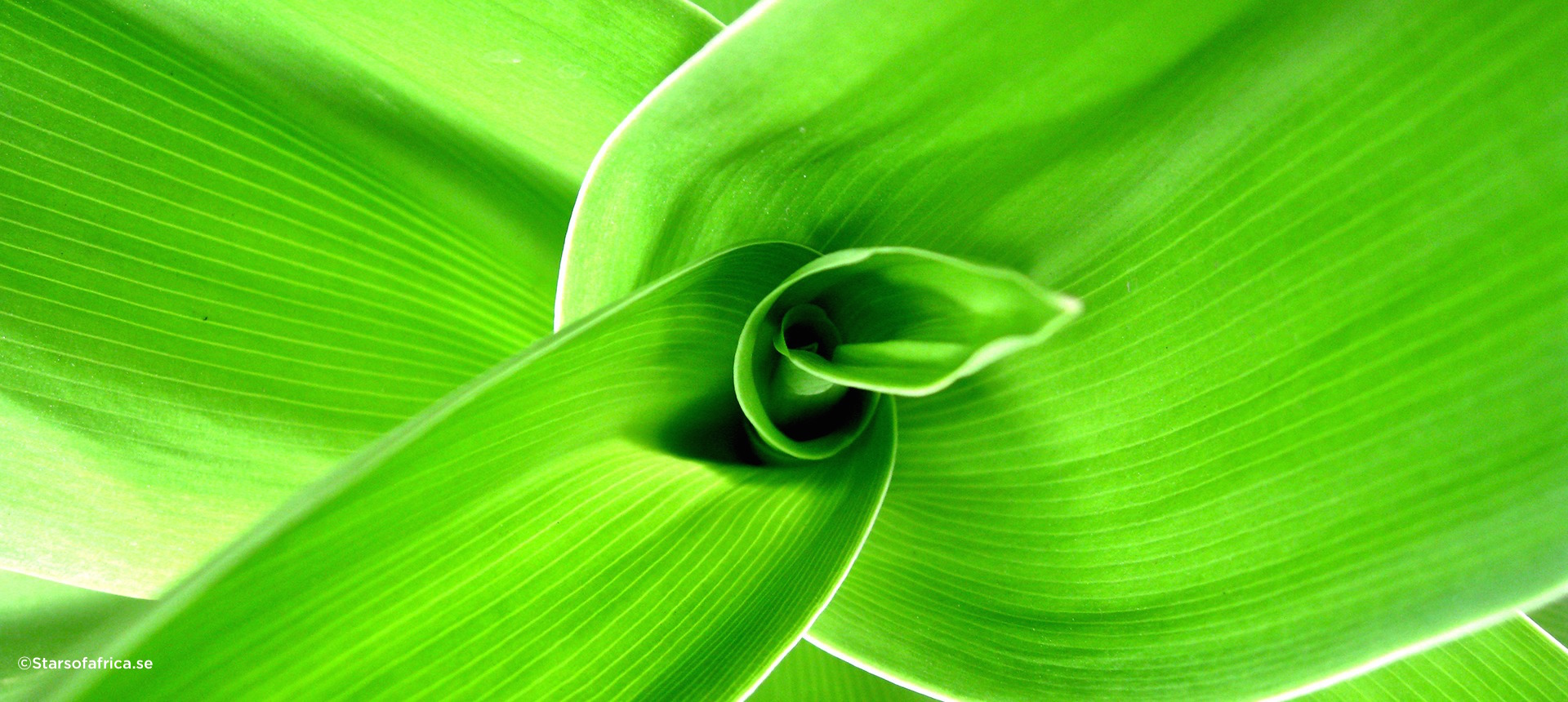ZANZIBAR
AN EXOTIC LAND OF SPICE AND
POWDER WHITE BEACHES
Zanzibar is an enchanting and fascinating archipelago situated in the Indian Ocean, 35 km/21.5 miles off the coast of Tanzania. It is made up of several islands, the largest being Unguja, commonly known as Zanzibar Island, and Pemba. In addition there are about 50 smaller islands and magnificent atolls. The main island, Zanzibar is only 95 km long and 40 km wide, surrounded by powder-white pristine sandy beaches and coral reefs offering world-class snorkeling and diving in crystal clear waters.
The island of Zanzibar boasts a history of sultans, harems, spices, gold and a mighty trading empire. The trading history must, however, be viewed against a background of slavery and the poaching of countless elephants from mainland Africa.
Zanzibar is well known for its wide variety of fruit and spice plantations, fish markets and the historically fascinating Stone Town, now a World Heritage Site.
The vibrant and intense colors of Zanzibar leave a lasting and unforgettable impression. Zanzibar is an exotic land of luscious green scenery, pure white beaches lining the aquamarine waters of the Indian Ocean with its incomparably beautiful array of coral and fish. The island’s soil is rust red, the vegetables and fruit are stacked high in the markets alongside tiny pyramids of spice. The women of Zanzibar in their exquisite colored fabrics all add to the impression. And, at night there are the sparkling Stars of Zanzibar to dazzle visitors.
”This is the finest place I have known in all Africa. An illusive place where nothing is as it seems. I am mesmerized.”
– David Livingstone about Zanzibar 1866.
The history of Zanzibar is as fascinating as it is troubled and often brutal. Over the centuries, the seasonal monsoon winds of the Indian Ocean have brought merchants, voyagers, pirates, adventurers and travelers to the shores of Zanzibar from all over the world. Zanzibar was a bustling hub for traders from the great cultures – China, Persia and Arabia, as well as from India, Europe and mainland Africa. For centuries, Zanzibar was the centre of trade, commerce and civilization for all of East and Central Africa.
After capturing the island, the Sultan of Oman actually moved his court and capital from Muscat to Zanzibar in 1832. During this period ornate mansions and mosques, Persian baths and extravagant harems were constructed. Plantations were developed to cultivate expensive spices such as pepper, nutmeg, cinnamon, vanilla, cardamom and cloves. These spices, together with gold and ivory from tusks of elephants killed on mainland Africa, along with the extensive slave trade pushed Zanzibar to heights of wealth, and also into depths of human depravity during the nineteenth century.
It was from Zanzibar that Livingstone and Stanley set out on their expeditions into the interior of Africa during the second half of the 19th century. In 1964 Zanzibar merged with Tanganyika to form The United Republic of Tanzania.
Where to stay
ISLAND OF SPICE
In days gone by, Zanzibar was known as the Spice Island and was a significant exporter of cardamom, ginger, nutmeg, pepper, vanilla, cinnamon and cloves around the globe. These spices were originally imported from South America and Asia, but soon thrived in the tropical climate and the mineral-rich fertile soil. Locally grown spices became big business during the reign of Sultan Seyyid, who ordered the landowners of Zanzibar to plant clove trees, two for every palm tree they owned, or risk having their land confiscated. By the mid-19th century, Zanzibar had become the world’s largest producer of cloves while gradually several other spices such as pepper, ginger, cumin and cinnamon ’invaded’ the area. With the introduction of many spices, Zanzibar earned the nickname ’Spice Islands’. Together with slavery and ivory, spices paved the way for the increasing wealth of the country, which soon became the passageway for world trade.
Today there are still several spice plantations on the island and a spice tour with a guide is one of the island’s many fascinations. It is exciting to take an aromatic walk through a spice plantation and feel, smell and taste fresh spices and fruit in season. Guests also learn about the use of spices in cooking and traditional medicines. Spices, usually seen only dried and ground in glass jars, can be seen here growing in their original shapes and forms. For example, vines climb the trunks of trees with yellow and green orchid flowers that last for only one day to then become green capsules that will, in turn, become vanilla pods. Or there is the nutmeg, which is really the egg-shaped seed of trees that grow to be as tall as 20 meters or more. Or there is the evergreen cinnamon tree with its famous bark. These spices, and many more, flavor casseroles enjoyed all over Zanzibar – dishes with both Arabian and Indian influences.
STONE TOWN
Stone Town, Mji Mkongwe, is the seaport, old city and the cultural heart of Zanzibar. It is situated on the west coast of the island and was recently declared a World Heritage Site by UNESCO. Stone Town is a unique place of architectural and historic interest. Once the most important trading center in the Indian Ocean region, it was a popular port of call and haven for ships travelling to Arabia, India and the Far East. As a result of the Sultan of Oman moving his capital to Stone Town in 1832, the city’s architecture is reflected in the Arabic features including brass-studded, elaborately carved teak doors on grand Arab houses, mosques, a maze of winding alleys, bustling bazaars, small stores and lively markets.
Nothing much has changed in Zanzibar’s cultural heart in the past 200 years. Most houses that are seen today were built in the 19th century. Since coralline rock is excellent building material, but easily eroded, a large number of the houses are in poor condition. However, repairs are underway to restore Stone Town to its original magnificence. Even though a good number of the houses are tilting and the town retains only a mere shadow of its former glory, it is well worth a visit. Local African arts and crafts, antiques and souvenirs are readily available in its numerous shops.
JOZANI FOREST
Jozani forest in the southeast region of Zanzibar is what remains of Zanzibar’s indigenous forest. In this beautiful tropical rainforest there is an abundance of palm, eucalyptus, fig and mahogany trees. The nature reserve contains a mangrove swamp and a tract of natural forest that is home to the native Red Colobus monkey. The monkeys are somewhat acclimatized to people, so it is easy to spot and take photograph them. Over 50 species of butterfly and about 40 different types of birds live in Jozani forest. The mangrove tree plays an important role in the swamp. The brackish water flowing through the mangrove is a nursery for hundreds of species of tropical fish, crabs and other mollusks that can be seen feeding in the shallow waters.
DIVING AND SNORKELING
There are a variety of prime diving sites off the coast of Zanzibar, including the magnificent and world famous Mnemba Atoll, a protected marine park with some of the best diving in Eastern Africa. Zanzibar has something to offer all categories of divers, from the novice to the most experienced. The warm tropical turquoise Indian Ocean with its superb visibility, up to 30-40 meters, and its well-preserved coral reefs, is home to an abundance of aquatic life. This area is an adventure for the experienced diver as well as for the simply curious snorkeler. For the snorkeler and diver there is a profusion of aquatic life that is absolutely fascinating to see – a variety of hard and soft coral, including brain coral, gorgonian fans and staghorn, barrel sponges; nudibranches, large lobsters, clownfish, leopard rays, Moorish idols, parrot fish, large Napoleon wrasse, green turtles, dolphins, morays, octopus and lion-fish, to mention just a few. For the more advanced divers, deep-sea diving trips outside the reef can include spotting barracuda, reef sharks, manta rays, stingrays and, with a bit of luck, in season, even a whale shark.
WILDLIFE
Zanzibar’s unique species are endemic and sometimes very elusive, including the Zanzibar Bishop bird, the tiny blue duiker and the Zanzibar suni, a small antelope that only reaches 28 centimeters/15 inches in height and is found on the isolated Mnemba atoll off the north coast. The faunal species are mostly small animals, birds and butterflies. Giant butterflies, moths and dragonflies are abundant. The endangered coconut crab, eats coconuts, crawling up the palm trees to harvest them by cracking the shells open with enormous claws. Besides the rare red colobus monkey, one can find Sykes monkey, bush babies and tree hyraxes in the Jozani forest. The shy nocturnal bushy tailed mongoose inhabits the coral rag.
The coral reefs surrounding Zanzibar are home to a vast variety of reef fish, shrimps, lobsters and nudibranches. In deeper waters, lush coral gardens often stretch as far as the eye can see. Fish and marine mammals living outside the reef include pelagic species like barracuda, kingfish, tuna and wahoo hunting together with large Napoleonic wrasses, graceful manta rays and sharks. One can encounter hammerheads, white and black tip sharks, giant saddleback and strawberry groupers, huge moray eels. Many species of dolphins feed on the reef fish. There are many resident turtles, and, varying with the seasons, migrating humback and sperm whales can be sighted during the months of September and October. And from December to April one can observe manta rays and whale sharks.
PHOTOGRAPHY
A photographer’s dream, both above and below water, the vibrant and intense colors of Zanzibar offer a wonderful array of photo opportunities. This land of exotic of luscious green landscape, pure powder-white sandy beaches lined with palm trees, and the aquamarine waters of the Indian Ocean with its incomparably beautiful array of corals and fish, Zanzibar’s underwater paradise, with its amazing water clarity, offers exciting and rare aquatic photographic opportunities for the underwater photographer.
On shore, Stone Town, the once main historical trade and slave market capital of East Africa, is now a UNESCO world heritage site with an abundance of amazing colonial architecture and its winding alleyways and local markets with its famous Zanzibar doors and bazaars. Vegetables and fruits are stacked high on sale in the markets alongside tiny pyramids of spice, and the women of Zanzibar in their exquisite colored fabrics all add to the images.
CLIMATE
Zanzibar enjoys a pleasant tropical climate influenced by the monsoons characteristic of the Indian Ocean. Masika, the main rainy season, lasts from March until late May. Mvuli, the short rainy season, lasts from October until early December, with only occasional showers.
January – March
Hot and dry months with little rainfall, and, even though the temperature may be somewhat high, around 30°C/86°F, the weather is still very agreeable owing to the gentle cooling sea breeze.
July – October
Slightly cooler months with an average temperature of about 25°C/77°F, and little rainfall.
The average temperature of the water in the ocean is a pleasant 27°C /80.6°F.







